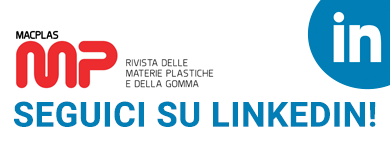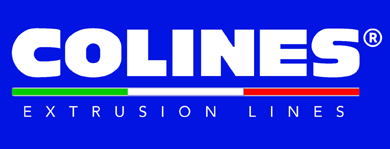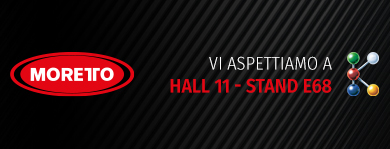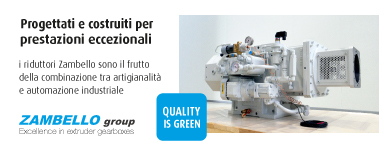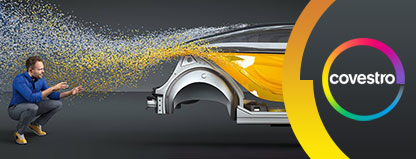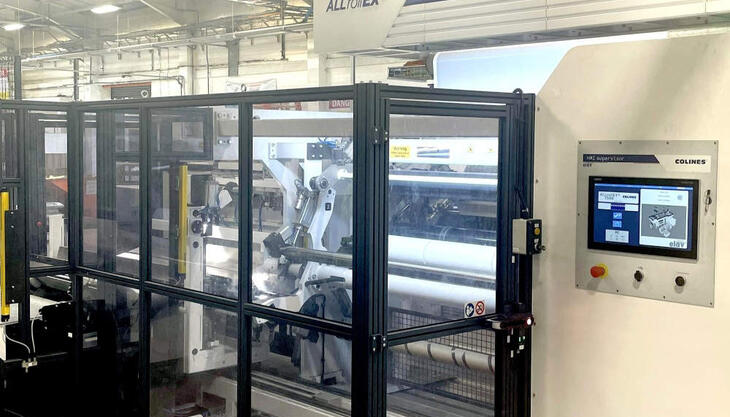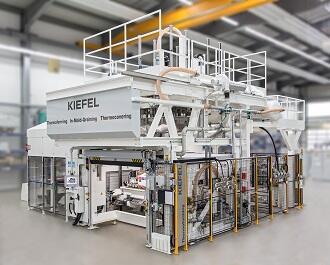
As time progresses, cars are not only always improving, but also showcasing better quality in their design - especially important in winning over buyers is the vehicle interior, which is increasingly becoming an important purchasing criterion. Visual and haptic elements use lots of technological tricks, and so high-tech cockpits which employ elegant artificial leather instrument panels score highly. The In-Mould Graining process (IMG) - either in the form of IMG laminated onto a substrate part or of a foam-backed IMG moulded skin – has been becoming increasingly popular in vehicles of the latest generations and produces high-quality surfaces with a homogeneous structure as well as good haptics.
Kiefel has already been a specialist in high-quality car interiors for decades, and is always listening to customers: “Only companies that really know their market are able to provide the right solutions. After in-depth research, Kiefel has once more picked up on current requirements and consistently implemented them in two all-new machine designs”, reports Wolfgang Eglseer, director sales, automotive industry at Kiefel. “When it comes to their forming areas, the two machines are identical. The difference is that one is explicitly designed for the processing of film material in rolls, while the other creates film blanks from the supplied rolls of film material. The use of prefabricated blanks is also possible”, explains Wolfgang Eglseer.
The In-Mould Graining process (IMG) guarantees uniformly moulded surfaces, even for distinctly three-dimensional forms. The desired grain is only applied to the surface in question in the thermoforming process. All of the main drives of the new vacuum thermoforming machines are servo motors, which makes them highly energy efficient. The machine lower table is a servo motor-driven swivel table with a swivel angle adjustable in increments of 7.5° up to a maximum of 90°, and offers ideal ergonomics for the user, taking account of the height of the individual. The large forming area allows two instrument panels to be produced at the same time. “For three-shift operation, the output can now reach up to 2,000 panels per day”, underlines Wolfgang Eglseer, “on top of which we can now produce very high instrument panels, due to the new dimensions.”
The new machine can be complemented by an automatic quick tool changer. This reduces downtime to a minimum and provides substantial increases in productivity. Preparation for a tool change takes place while production is still ongoing, and the change itself takes only a few minutes.




